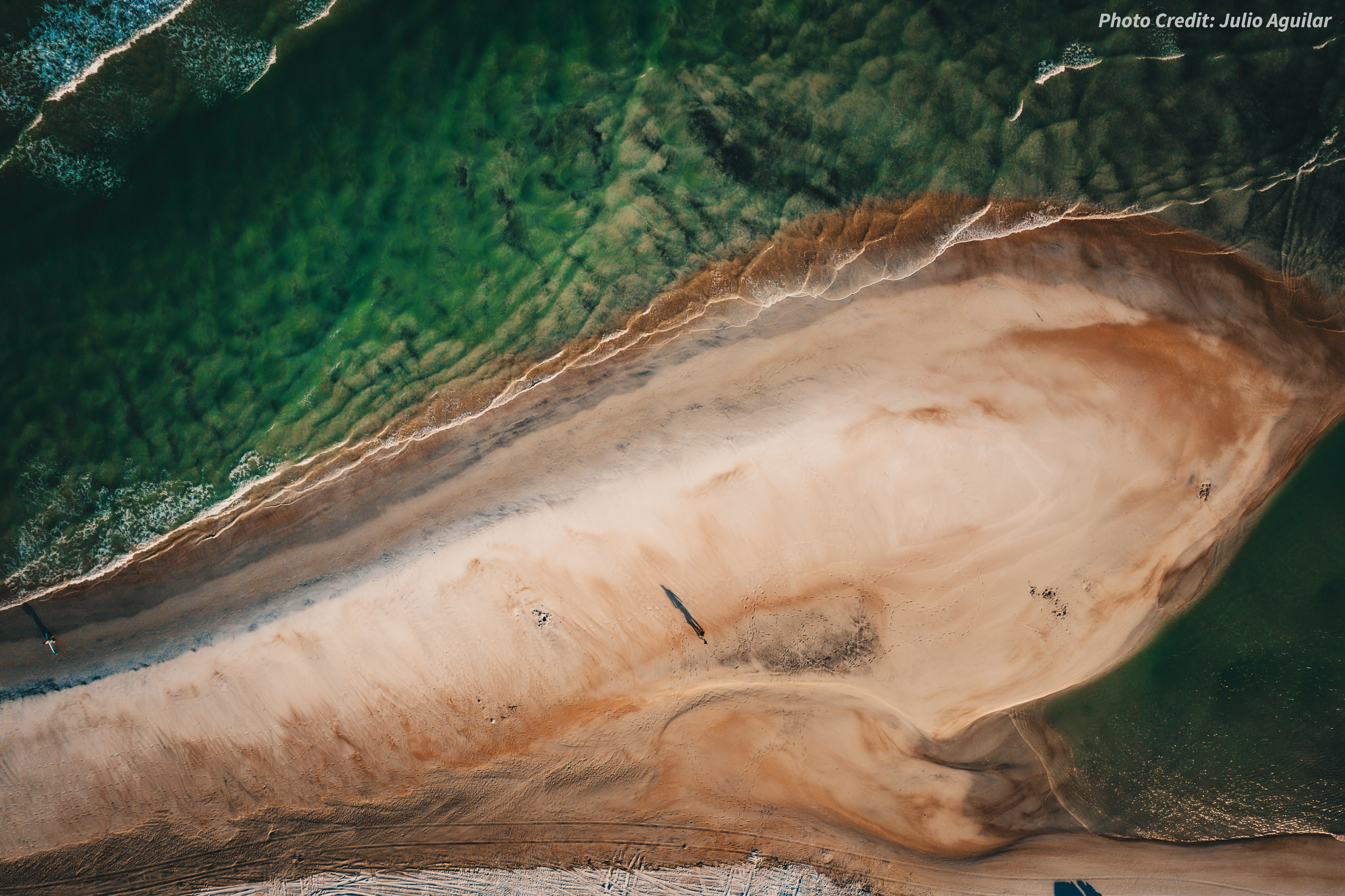States / Florida
Florida
Coastal Management
The focus is on managing coastal areas to increase resilience, with an emphasis on balancing environmental, economic, and human wellbeing. Mandated by the Coastal Zone Management Act and the Coral Reef Conservation Act, the federal programs designated for this task are the National Coastal Zone Management Program, the National Estuarine Research Reserve System, and the Coral Reef Conservation Program. These programs are administered, on the federal side, by NOAA’s Office for Coastal Management, in partnership with the coastal states.

State Programs
Coastal Zone Management
Office of Resilience and Coastal Protection. This Florida Department of Environmental Protection office manages more than 5.3 million acres of submerged lands and coastal uplands. The office uses a multi-faceted approach, including coral reef protection, preservation of coastal and aquatic management areas, beach and inlet management, and the implementation of ecosystem restoration projects. The goal is to prepare Florida’s coastal communities and state-managed lands for the effects of sea level rise, coastal flooding, erosion, and storms. The state’s Coral Reef Conservation Program is housed within this office.
National Estuarine Research Reserves
Guana Tolomato Matanzas National Estuarine Research Reserve. Designated in 1999 and protecting 76,760 acres, this reserve stretches 30 miles north and 30 miles south of St. Augustine, Florida. It encompasses an area where mangroves transition to salt marsh, as well as some of Florida’s highest dunes, measuring up to 40 feet tall. The reserve is also home to one of the few remaining natural inlets in Northeastern Florida, presenting the perfect place to study historical inlets and natural systems. (See handout)
Rookery Bay National Estuarine Research Reserve. Designated in 1978 and protecting 110,000 acres, this reserve is located five miles south of Naples, Florida, and is a nearly pristine subtropical estuary. The reserve boasts the Rookery Bay Environmental Learning Center, a 16,500-square-foot facility with laboratories, classrooms, an auditorium, a two-story visitor center with a 2,300-gallon aquarium, exhibits, a nature store, and an art gallery. (See handout)
Apalachicola National Estuarine Research Reserve. Designated in 1979 and protecting 234,715 acres, this reserve is located 90 miles southeast of Tallahassee, and 80 miles east of Panama City, Florida. It represents one of the most productive estuarine systems in the Northern Hemisphere. Visitors can explore over 1,600 feet of raised boardwalk traversing the nature center’s 28 acres. A coastal hammock shaded by live oaks and magnolia trees opens up into a freshwater marsh and a stand of slash pine. (See handout)
Impact Stories
Stories that showcase the recent work of this state's coastal management efforts.
- Research Reserves Deliver Dependable Data for Our Changing Coasts
- Building a Watershed Resilience Plan for the St. Marys River and its Community (FL, GA)
- NOAA Supports Major Acquisition Project Along Florida's Manatee River
- Building Capacity to Conserve Salt Marsh Habitat within Coastal Communities
- Implementing a Living Shoreline along Magazine Point at Naval Air Station Pensacola
- Improving our Coasts with High-Resolution Land Cover Data
- Henderson Creek Hydrologic Restoration Project
- Critical Conservation for Climate Resilience in the Northeast Florida Blueway
- Gulf Coast Towns Lower Flood Insurance Rates, with NOAA’s Help
- NOAA Gulf Coast Resilience Grants Go Far
- Wade into Estuary Recreation at a Research Reserve
- NOAA Strengthens Resilience Before, During, and After Disasters
- Blue Carbon Enterprises Lessen Climate Change Damage
- NOAA’s “Green” Expertise Meets New Infrastructure Era
Additional Resources
*Fast Fact Sources:
People: American Community Survey Five-Year Estimates
Beaches and Estuaries: Shoreline Mileage of the United States
Employment and Economy:
Marine Economy for the Coastal U.S. States
Marine Economy for the U.S. Territories